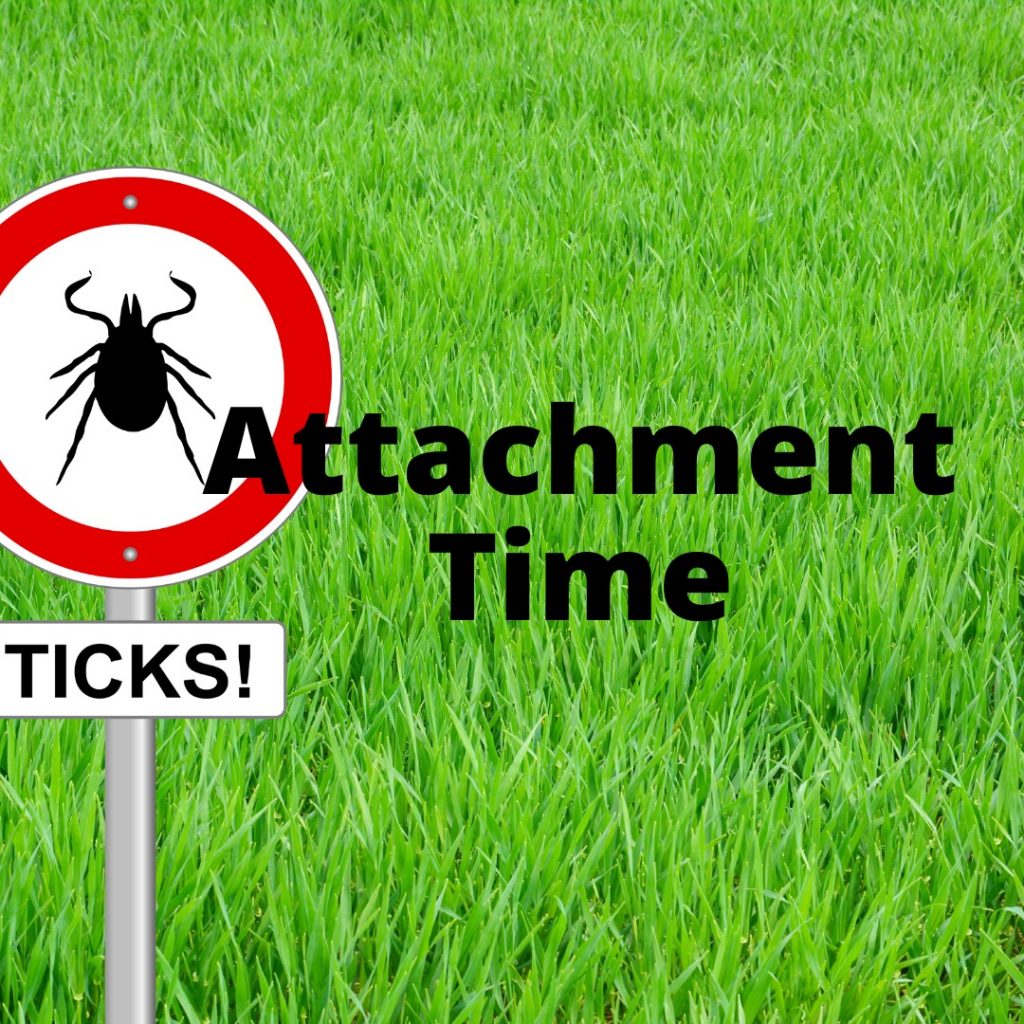LYME SCI: There’s no grace period for tick bites. Let’s quit implying that there is.

I delivered these comments to the federal Tick-Borne Disease Working Group on March 4.
My name is Lonnie Marcum. I am a Physical Therapist and health and science writer for the non-profit LymeDisease.org. I’m also a member of the Tick Biology, Ecology and Control Subcommittee.
One of the biggest problems we face today is misinformation—Lyme and tick-borne diseases are no exception.
One piece of misinformation I’d like to talk about today is tick attachment time.
Currently, the CDC’s website states: “In most cases, the tick must be attached for 36 to 48 hours or more before the Lyme disease bacterium can be transmitted.”
False message
Unfortunately, this sends the false message that there is NO risk if any tick is removed within 36 to 48 hours of attachment.
This simply IS NOT TRUE!
In fact, there is ample evidence showing the risk for transmission with adult ticks begins at 24 hours in mice. But there are no studies showing the minimum attachment time for transmission of Lyme to humans—especially from nymphal ticks.
One European study documented six cases of culture-confirmed Lyme disease where tick attachment was less than six hours, and another nine cases where transmission occurred in under 24 hours.
While Lyme disease may be the most prevalent tick-borne infection, it is not the only pathogen carried by blacklegged ticks. Anaplasma, Babesia, Borreila mayonii, Borrelia miyamotoi, Ehrlichia and Powassan virus are all transmitted by the same tick that transmits Lyme. And that last one—Powassan—can be transmitted within 15 minutes.
In addition, there are at least nine other tick species in the US known to transmit pathogens to humans, many of them within 24 hours. Furthermore, many pathogens in the Rickettsia family, like Rocky Mountain spotted fever, can be deadly if not treated within the first few days.
Members of the public, as well as many healthcare professionals, are not skilled at identifying ticks or knowing how long they have been attached. Add to that the studies showing most people with Lyme never even saw the tick.
Why give the public a false sense of security?
A better message would be to simply inform the public that the chance of disease from infected ticks increases the longer they are attached and feeding. Why not just tell people to keep the tick and send it for testing if they come down with symptoms?
There really is no such thing as a 36 to 48 hour grace period. Let’s stop promoting this misinformation.
LymeSci is written by Lonnie Marcum, a Licensed Physical Therapist and mother of a daughter with Lyme. Follow her on Twitter: @LonnieRhea Email her at: lmarcum@lymedisease.org .
References:
Bernard W. Berger, Dermatologic Manifestations of Lyme Disease, Reviews of Infectious Diseases, Volume 11, Issue Supplement_6, September-October 1989, Pages S1475–S1481, https://doi.org/10.1093/clinids/11.Supplement_6.S1475
CDC | Transmission of Lyme disease | https://www.cdc.gov/lyme/transmission/index.html
Cook M. J. (2014). Lyme borreliosis: a review of data on transmission time after tick attachment. International journal of general medicine, 8, 1–8. https://doi.org/10.2147/IJGM.S73791
Eisen, L. (2018). Pathogen transmission in relation to duration of attachment by Ixodes scapularis ticks. Ticks and Tick-borne Diseases 9, 535-542. doi: 10.1016/j.ttbdis.2018.01.002
Peavey, CA; Lane, RS (1995) Transmission of Borrelia burgdorferi by Ixodes pacificus nymphs and reservoir competence of deer mice (Peromyscus maniculatus) infected by tick-bite. J Parasitol. Apr;81(2):175-8. PMID: 7707191




















We invite you to comment on our Facebook page.
Visit LymeDisease.org Facebook Page